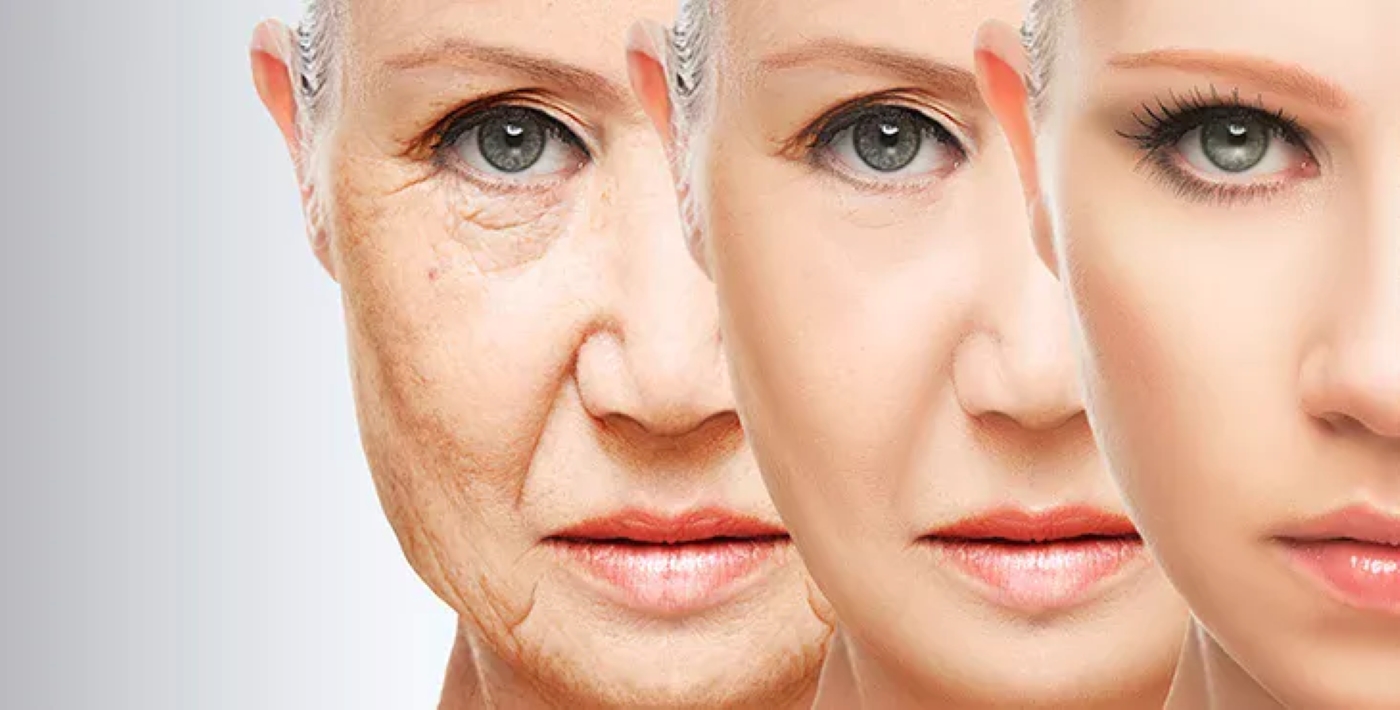
Laser Resurfacing
Laser resurfacing is a cosmetic procedure designed to improve the appearance and texture of the skin by removing damaged layers and stimulating the production of new, healthy skin. It is commonly used for treating wrinkles, scars, sun damage, and other skin imperfections. By utilizing advanced laser technology, this procedure offers a non-surgical option for achieving a smoother, more youthful complexion.
Types of Laser Resurfacing
Ablative Lasers:
Carbon Dioxide (CO2) Lasers: CO2 lasers are used for deep resurfacing, making them effective for treating more severe skin issues such as deep wrinkles and significant sun damage. They work by removing the outer layers of skin and stimulating new collagen production.
Erbium YAG Lasers: These lasers are used for less aggressive resurfacing, targeting the outer layers of the skin to treat fine lines, moderate wrinkles, and superficial skin issues. They typically result in less downtime compared to CO2 lasers.
Non-Ablative Lasers:
Fractional Lasers: Fractional lasers, such as fractional CO2 or fractional Erbium, work by targeting a fraction of the skin's surface at a time, creating micro-damage zones that promote healing and collagen production. They are used for treating wrinkles, acne scars, and skin texture issues with minimal downtime.
Treatment Process
Consultation: A consultation with a dermatologist or qualified practitioner is essential to determine the most appropriate type of laser and treatment plan based on your skin type and concerns.
Preparation: The treatment area is cleaned, and a topical anesthetic or numbing cream may be applied to minimize discomfort during the procedure.
Laser Application: The laser device is moved over the treatment area, emitting pulses of light. The duration and intensity of the treatment depend on the type of laser and the specific skin issue being addressed.
